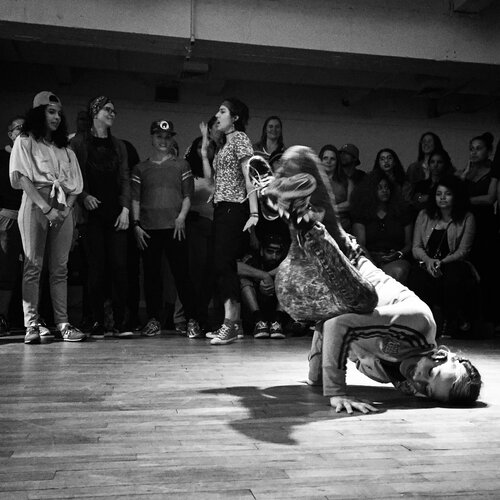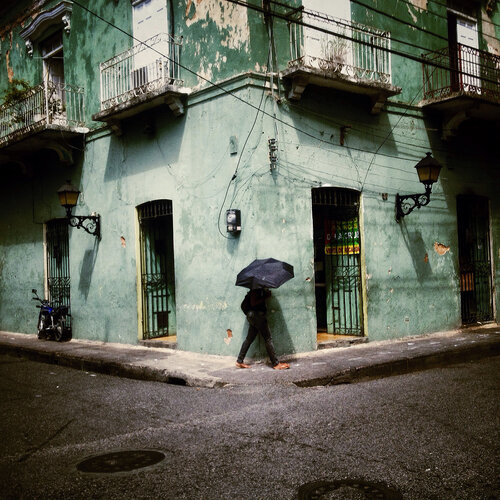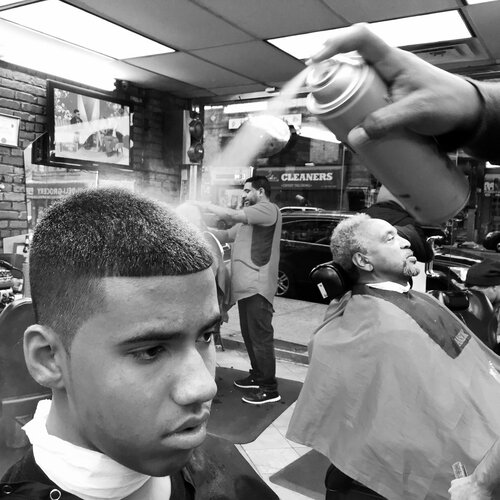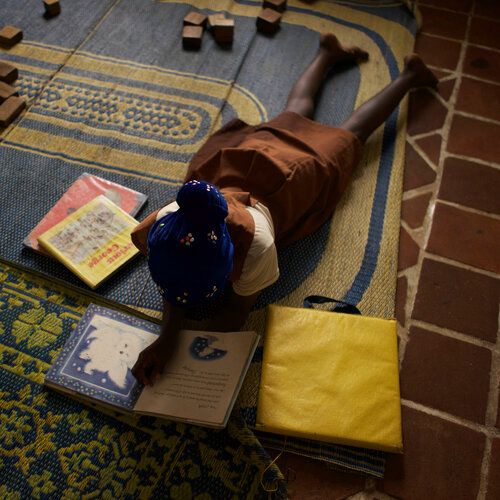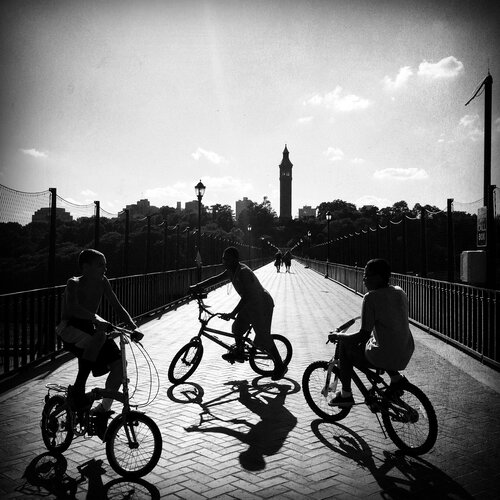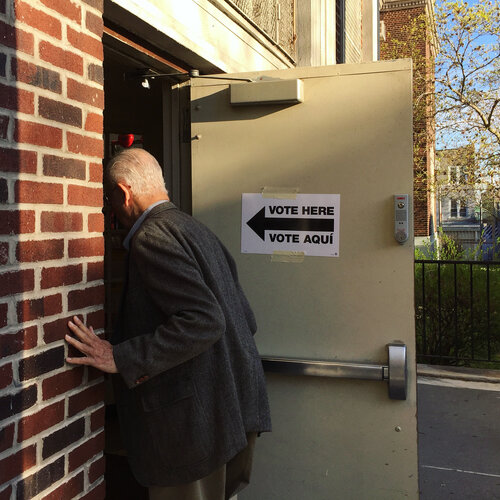3. Then the slideshow will get into different kinds of photojournalism:
For starters, what is photojournalism? Photojournalism is, at its most basic, the use of photography to tell a story. Photographs can be used to tell news stories, such as the story behind a specific issue or topic affecting people, like global warming or water shortage. They can also be used to document a specific event, like a concert or a basketball game. Or they can tell stories of daily life and more. The photos are almost always unposed, meaning the photographer didn’t direct anyone in the photo to stand a certain way — instead they captured an actual moment as it was happening. (The exception to this is portraiture, which we’ll get into below.) Like all proper journalism, stories told through photojournalism are true stories — that is, they are stories that are based on facts or made with an effort to represent the perspective of one or more people or a group of people.
Different categories of photojournalism:
News Photography: Photographs of a newsworthy event, like a town hall meeting or a politician giving a speech, or photographs of an unexpected event, like a large fire breaking out. You could engage students in a discussion of what is considered “newsworthy” — traditionally things that are new, have a significant impact on many people (or an outsized impact on few people), and are different from normal, everyday events. A common news saying is that it is not news when a dog bites a man, but it is news when a man bites a dog.
Event Photography: Important events can be photographed in a photojournalistic way. These could include sporting events, concerts, parades, celebrations, religious ceremonies, and more. It is important to note that when a photojournalist covers an event, they still follow the rules of photojournalism and do not pose anything, unlike a photographer who was hired by the people organizing the event, whose job it is to make the event look as good as possible. (An example of this difference: if the event is poorly attended, a photojournalist may show this by stepping back and showing how few people are in the audience, whereas a photographer hired by the organizer to photograph the event will likely focus in closer on the people in attendance, not showing the empty seats.)
Documentary Photography: Documentary photographers chronicle issues that are significant and relevant to history, but unlike news photography, they do not have to be tied to specific newsworthy events. For example, they may photograph one town, city, or neighborhood for a period of several months or even years to show the changes taking place there. Or they may spend time photographing one person – it could be an entrepreneur, athlete, unhoused person, anyone with an interesting story to tell – to show their life and communicate their challenges and hopes to an audience. Or, they may focus on daily life, including photographing a family or a school.
Portraits (used to illustrate a news story): Sometimes, when you are telling a story about a specific person, you simply want to show the reader who that person is. In these cases, you can make a posed portrait of someone that then accompanies a news story. (Note that it should be obvious that the photograph is a portrait. You still cannot set up a completely fake event or action and photograph it.)
Street Photography: Street photography is similar to documentary photography, but is generally less tied to a specific issue or story. It happens when a photographer observes their surroundings and photographs an interesting moment as a result of their observations. While street photography often has the appearance of being a chance encounter (and often it is), sometimes street photography is very carefully planned. For example, in one of the sample Everyday Africa photographs provided, the photographer likely saw the curtain hanging, saw the woman with a similarly patterned dress approaching, and stopped to wait for the exact right moment to make the photograph.

A woman and girl walk past a curtain for sale at Waterside Market in Monrovia, Liberia. by Ricci Shryock
Of course, these categories often overlap, and a single photograph can be defined multiple ways. These are guidelines, useful for helping students understand what sets photojournalism apart from other types of photography, but are not rigid or mutually exclusive categories. A photograph of a politician giving a speech, for example, could easily be described as a news photograph, an event photograph, and a documentary photograph. Students may pick up on this, and you could encourage this conversation.
❖ Teacher Note
In general, the point is to help the students begin to understand what goes into making a photograph that will be used in a journalistic context. This will help them think about how to make their own photographs for this project, as well as help them think critically about the many thousands of images they see every day of their lives.
4. Here’s a quick activity you can do with your class to demonstrate the differences between these forms of photojournalism, and the ways in which they frequently overlap.
Project the photographs below so that your class can see them. Examine each image as a class. (You can click each one individually to make it fullscreen.) The students should decide which of the above photojournalism categories (News, Events, Documentary, Street Photography, Portraits) each photo fits into and why. Then, click the yellow text to reveal the answers. This activity will likely spark some debate among the students, which will help them understand the different kinds of photojournalism and their uses.





